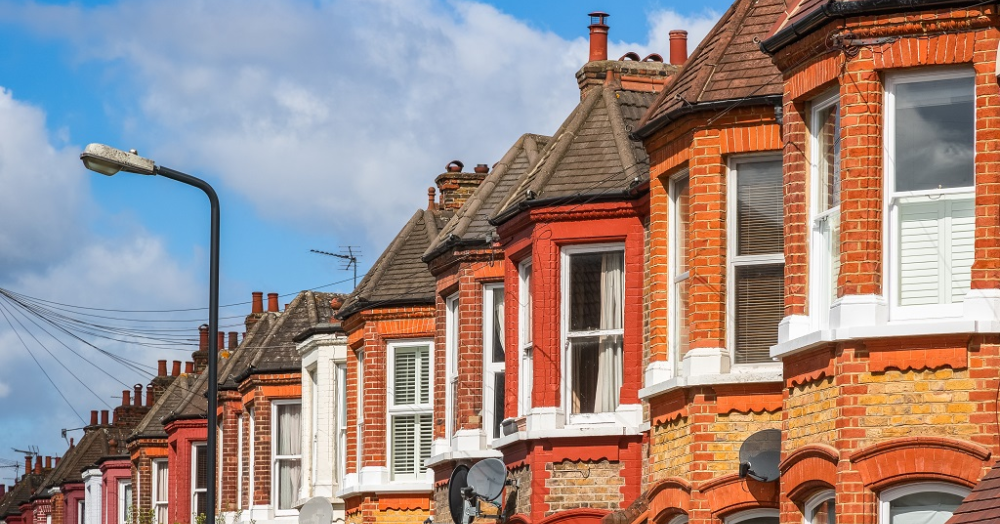As July unfolds and the summer holidays approach, the property market continues to deliver surprises. While some headlines speak of cooling, the reality on the ground tells a more nuanced story; one of adaptation, opportunity, and regional variation.
The Great Property Value Divide: North vs South
Recent analysis has revealed a fascinating split in the UK property market. Whilst homeowners in Wales and northern England are celebrating substantial gains—with one million properties across the UK seeing their value increase by 50% or more since the pandemic—the picture in London and the South tells a different story.
Here in the capital, around 13% of homes have actually lost 5% or more of their value since 2020, with inner London boroughs like Westminster and Kensington & Chelsea particularly affected. However, before any panic sets in, it's worth remembering that these areas experienced exceptional growth in previous years, and the current adjustments are bringing valuations back to more sustainable levels.
For Leytonstone, this creates an interesting dynamic. As an outer London borough, we're benefiting from the continued expansion of the "virtual commuter belt" whilst avoiding the sharp corrections seen in prime central locations. Properties here are increasingly attractive to buyers seeking better value whilst maintaining good transport links to the city.
Market Activity Surges Despite Affordability Pressures
The second quarter of 2025 delivered some remarkable statistics that challenge assumptions about market lethargy. Transaction volumes are up 30% compared to the same period last year, with nearly 500,000 properties listed for sale—the highest level since 2018. Sales agreed have grown by 7% annually, demonstrating that buyer appetite remains robust despite ongoing affordability challenges.
The Manchester market has been particularly buoyant with a 15% surge in sales agreed, whilst Cardiff, Edinburgh, and Birmingham have all recorded double-digit growth. London presents a mixed picture, with inner areas showing a 3.6% decline whilst outer boroughs continue to perform more strongly.
This data suggests that whilst the market has undoubtedly become more selective, it's far from stagnant. For Leytonstone sellers, this means well-presented properties are still attracting competitive interest, particularly family homes that offer good value compared to more central locations.
The Stamp Duty Effect: March Madness and Summer Slowdown
The end of March brought the predictable rush as buyers hurried to complete before stamp duty changes took effect. Completions jumped 79% year-on-year in March, creating a natural lull in Q2 activity. However, June figures showed early signs of recovery, with sold subject to contract volumes returning to 2024 levels.
This pattern reinforces the importance of timing in the current market. Properties coming to market now are likely to benefit from reduced competition and more serious buyers, as the speculative activity around the stamp duty deadline has cleared.
Mortgage Challenges: The Reality Behind the Headlines
Whilst mortgage rates have begun to ease from their peaks, securing finance remains challenging for many buyers. The fall-through rate has climbed to 41% in Q2, with 45% of these failures attributed to mortgage approval issues. This statistic underscores the importance of realistic pricing and working with buyers who have robust financial arrangements in place.
Interestingly, lenders are beginning to relax their criteria, with almost 4.9% of lending now occurring at over 90% loan-to-value ratios — the highest level since 2008. This suggests that whilst the market has become more selective, opportunities are emerging for well-qualified buyers.
The Downsizing Opportunity: A Hidden Market Driver
New research suggests that targeted stamp duty relief for downsizers could release over 500,000 homes within a year. With 15% of over-55s indicating they would move within 12 months if stamp duty were reduced, this represents a significant potential boost to housing availability.
For Leytonstone, this trend could be particularly relevant. Many residents who purchased family homes in the area during the 1990s and 2000s are now reaching retirement age. If downsizing incentives materialise, it could create excellent opportunities for both sellers looking to move up and buyers seeking well-located family properties.
Home Improvements: The Alternative to Moving
With moving costs remaining elevated and mortgage rates still above historic lows, many homeowners are choosing to improve rather than move. Secured loan applications for home improvements have surged, particularly in London where the average home improvement loan now exceeds £61,000.
This trend has important implications for the local market. Properties that have been thoughtfully upgraded are likely to command premium prices, whilst those that haven't may struggle to compete. For sellers considering improvements, strategic renovations—particularly loft conversions, which can add up to 20% to value—remain worthwhile investments.
We make sure you make an informed move
If you would like to learn more about Leytonstone, what the area has to offer, and how to achieve your goals in the local property market, we can help. To arrange an appointment, call us on 020 8558 1147 or send us an email at info@tradingplacesproperty.com
You will find Trading Places Estate and Letting Agents at 46 Church Lane, Leytonstone, London, E11 1HE; and we look forward to assisting you.
Click here for an online Valuation (a starting point) Click here for a Desktop Valuation (a more detailed option) Click here to book a Home Visit Valuation (the full works)

